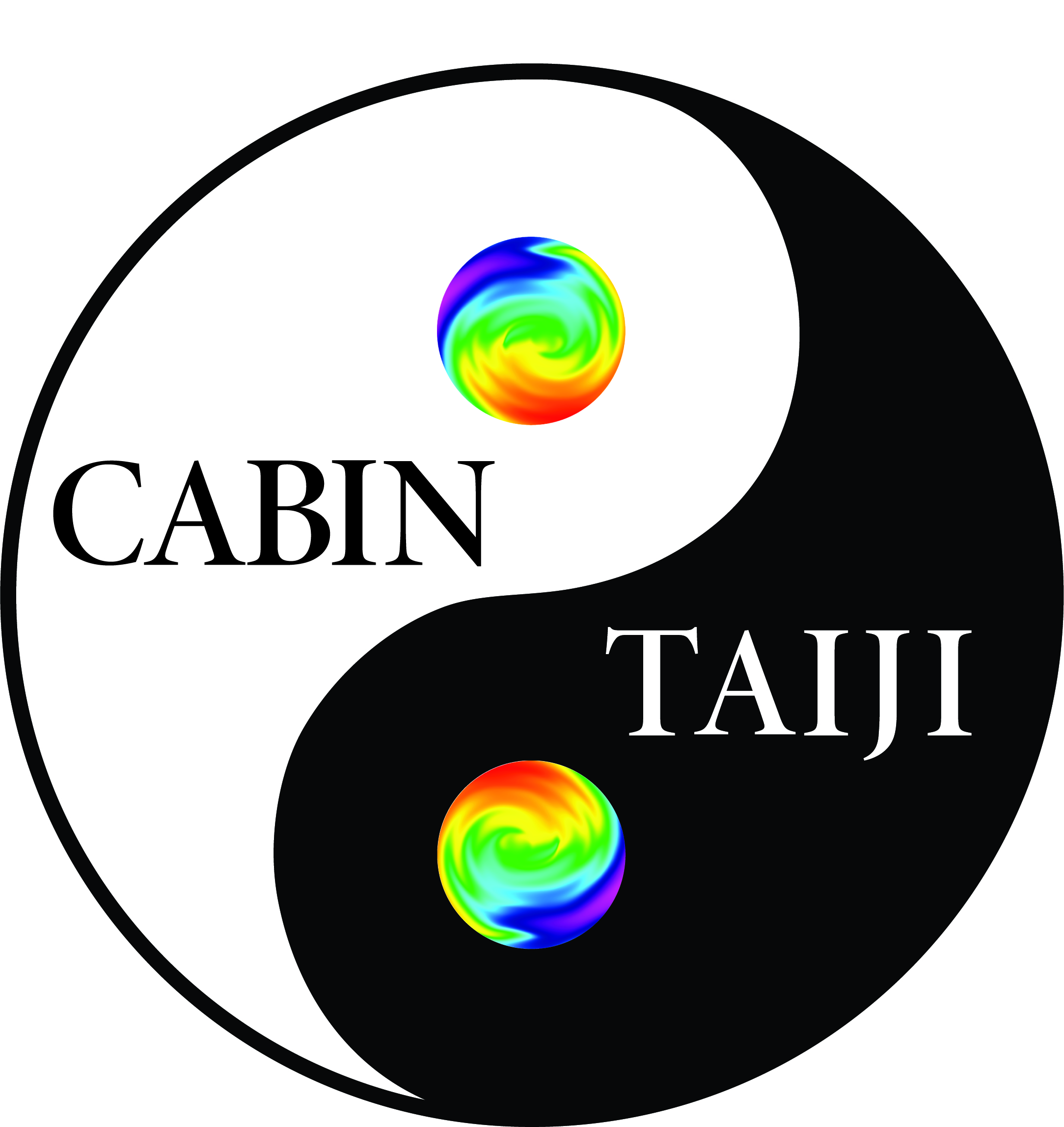Winding Road
I came to Taiji on a winding road. I started pursuing my Taiji
education in 1985, just before I left Chicago for Jackson
Hole. I saw a group practicing Taiji in Lincoln Park and said
“I want to learn that!” Soon after, I saw an ad in
the newspaper for Taiji instruction. The instructor was very
much a Martial Artist who also taught Taiji. I only spent
three months with him, but I learned enough to know I
wanted to learn more. Shortly after arriving in Jackson Hole,
I found an excellent instructor. I studied with him
for six months, but this time, it was my instructor’s turn to
leave. His form was similar to the Yang Style Long Form
I learned and now teach. In the winter of 1989,
a new Taiji class started. I trained with my new instructor for
another sixmonths, and wouldn’t you know it, I left Jackson Hole for
Vail. It wasn’t until 1995 that I met a new instructor. He was
very good, but it was challenging to attend because his class
was mid-morning. I had a full-time job and couldn’t consistently
make class, so I had to stop, and he had no other time to teach.
Real Training
In 1996, I started attending a class that had been together for a long
time in Glenwood Springs. I attended class every Saturday morning
for a year. The class was small, and everyone knew the form.
I learned by following, and I still remember how I felt the day
when I did the form without having to look at another
student for the next move. It may sound impossible, but
it took me twelve years to learn the Yang Style Long Form. I
can’t say I didn’t become frustrated at times, but as Dong
Ying Jie wrote in his book Taiji Explained, “If you are
frustrated, you are learning.” Soon after I learned the form,
history repeated, and he left the area. Fortunately, I started attending
a workshop at the Spring Valley Campus of Colorado Mountain College.
The workshop concentrated on the Yang Style Long Form and
Push Hands practice. Push Hands is a two-person exercise that
teaches the energy of Taiji. It opens students to a deeper understanding
of the energy in Taiji. Students then apply that energy to the form(s).
I also periodically attended workshops and classes in Denver. In 1997,
I attended an Intensive Training Camp in the Westwater part of Utah
with Master Dong Zeng Chen and his son Alex Dong providing translation.
A fellow student who lives in the area brought him to Utah for the camp.
The training was tough, with three two-hour classes a day, but the real training
was during the many late nights pushing hands.
Master Dong Zeng Che taught that first camp, but Alex has come
independently every year since. I knew at this time that I had
found the instructor I was looking for, and the saying, “When
the student is ready, the teacher will appear,” is true. Alex has
been my only teacher since. My teaching career started in 2003
and I became a certified Senior Instructor through the
Alex Dong International Taijiquan Association over the past ten years.
Training includes:
Yang Style Long Form
Performed slowly, it’s three progressively longer sets move Qi throughout the body.
Traditional Hao Style Form
Also known as the Hard Form, its sole purpose is to explore the energy of Taiji.
Dong Family Fa-Jing Form
The Fa-Jing Form teaches how to express energy.
Family Fast Set
The Family Fast Set is a combination of slow smooth movement and explosive Fa-Jing.
Saber
The Saber is a Chinese broadsword.
It cultivates waist turning and issuing energy.
Sword
The sword is a double-edged straight blade.
It’s energy is more restrained but deadly accurate.
Push Hands
Two person cooperative training that teaches the energies of Taiji.
Warm-ups
Six exercises designed to warm and stretch the body so it is ready to practice.
Standing Meditation
Done mostly in Taiji poses, it cultivates stillness and proper posture.
Silk Reeling Exercises
Sets of Chinese breathing and meditation designed to move Qi
as one would reel silk from a silk worm’s cocoon.
Peng, Lu, Ze, An
Ward Off, Rollback, Press, and Push are the four side energies of the Eight Gates.
Tsai, Lieh, Zhou, Kao
Pull Down, Split, Elbow and Shoulder are the four corner energies of the Eight Gates
Qigong
Translated, Qigong means Qi building.
Hard Qigong
Hard Qigong is a series of movements performed with fuller energy throughout the form.
Tiger Mountain Qigong
A series of moves from the Yang Style Long Form that isolates the upper body.
